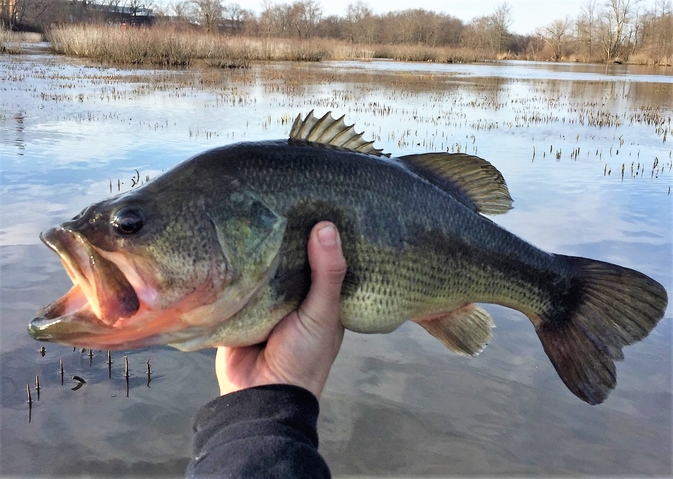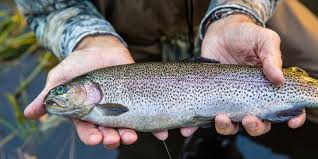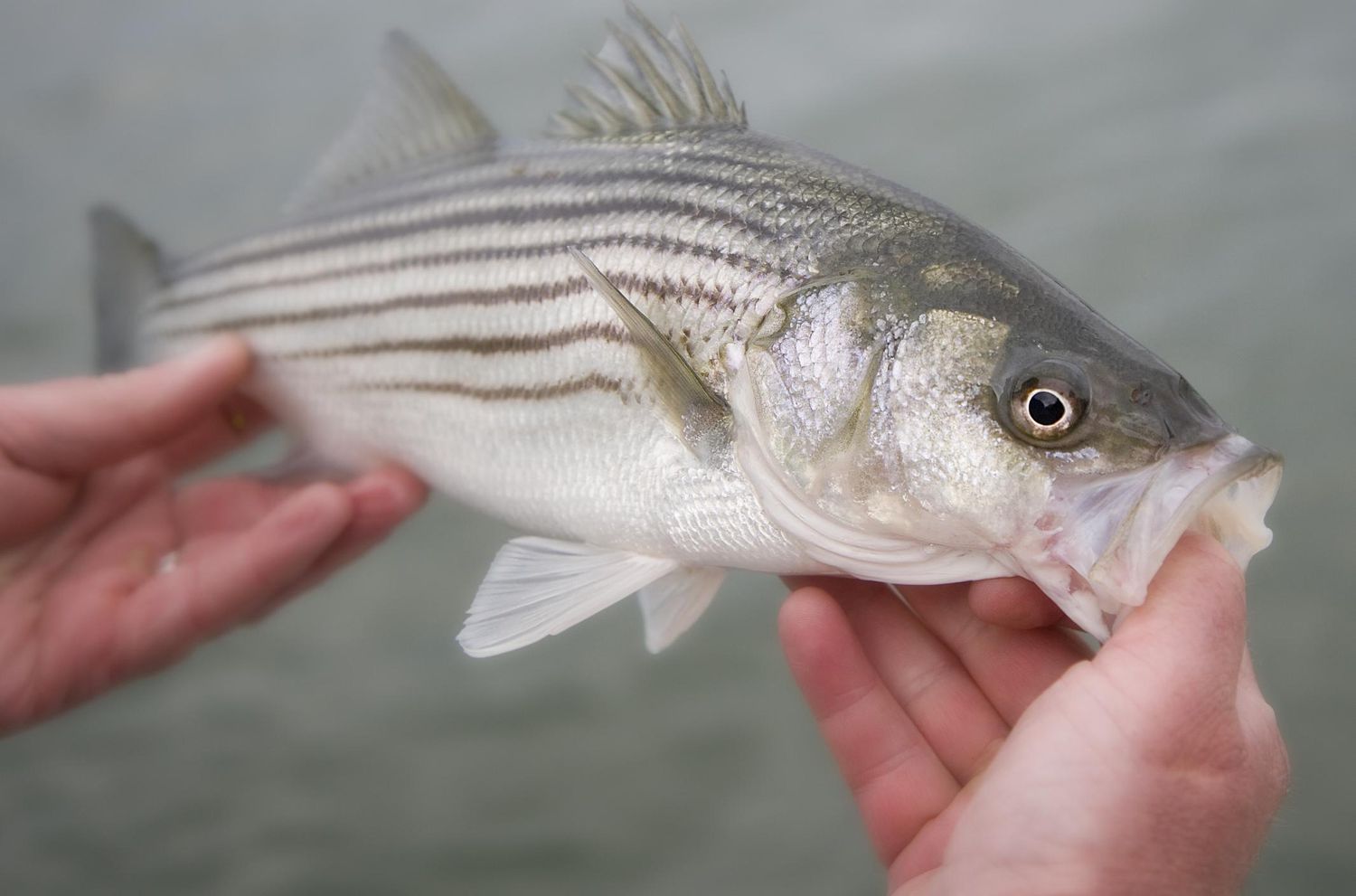Selecting the right fishing reel is critical for a successful and enjoyable fishing experience, particularly in the diverse fishing environments of California. This state is home to various freshwater and saltwater species, each requiring specific reels for optimal targeting. This article provides a detailed guide on choosing reels for targeting popular fish species in California, ensuring you are well-equipped for your next fishing adventure.
The Reel Deal: Understanding Core Considerations
Before diving into species-specific recommendations, let’s explore the fundamental factors to consider when choosing a fishing reel:
- Reel Type: There are three main types of fishing reels:
- Spinning Reels: Renowned for their user-friendliness and versatility, spinning reels feature a fixed spool and a bail that opens to release line during casting. They excel in light to medium fishing applications, making them ideal for beginners and suitable for targeting species like trout and smaller bass.
- Baitcasting Reels: Often favored by experienced anglers, baitcasting reels offer superior casting accuracy and control. They utilize a freespool mechanism that allows for controlled line disbursement during casts. This precision makes them perfect for targeting larger fish and using heavier lures, such as when pursuing largemouth bass.

-
- Conventional Reels (Trolling Reels): Built for heavy-duty saltwater applications, conventional reels boast robust construction and powerful drag systems. They are specifically designed for trolling lures or live bait behind a boat, making them the go-to choice for battling large saltwater adversaries like salmon and striped bass.
- Drag System: A smooth and reliable drag system is paramount for battling strong fish. The drag system allows line to be released gradually under pressure, preventing snapped lines and lost catches. Front drag systems, located on the spool, are generally considered more powerful and are well-suited for heavy-duty fishing. Rear drag systems, positioned near the handle, offer easier adjustments during a fight.

- Gear Ratio: The gear ratio indicates how many times the spool rotates for each full turn of the handle. Higher gear ratios (6:1 and above) retrieve line rapidly, making them ideal for fast-moving fish or situations where quickly covering water is essential. Lower gear ratios (4:1 to 5:1) provide more power for winching in larger fish and are beneficial when slow, controlled retrieves are required.
- Line Capacity: Line capacity refers to the amount of fishing line a reel can hold. This factor is crucial when targeting species known for making long runs. Ensure your reel can accommodate enough line to handle these battles while considering both the line’s strength (thicker lines hold less) and the fishing environment (deeper water may require more line).
Species Spotlight: Tailoring Your Reel to California’s Fishing Icons
Now, let’s delve into specific recommendations for some of California’s most sought-after fish species:
Largemouth Bass
- Habitat and Techniques: Largemouth bass are prevalent in lakes and reservoirs throughout California. Popular techniques for targeting them include casting crankbaits, spinnerbaits, and soft plastic lures.

- Ideal Reel Type: Baitcasting Reel: The precision casting and power offered by baitcasting reels make them a top choice for largemouth bass fishing. Their ability to handle heavier lures and lines is also advantageous.
- Suggested Features: Look for a baitcasting reel with a high gear ratio (6:1 or higher) to facilitate quick retrieves when covering water or responding to aggressive strikes. A smooth drag system with a wide range of adjustments is essential for handling the powerful runs of largemouth bass.
Trout
- Habitat and Techniques: California’s rivers, streams, and lakes offer exceptional trout fishing opportunities. Techniques include fly fishing, spinning with light lures, and trolling with small spoons or spinners.

- Ideal Reel Type: Spinning Reel: Spinning reels are the clear choice for trout fishing due to their ease of use and versatility. They excel at handling the light lines and lures typically used for trout and provide excellent casting control for accurate presentations.
- Suggested Features: Opt for a spinning reel with a low to medium gear ratio (5:1) for controlled retrieves and delicate presentations. A smooth drag system with a light touch is crucial to prevent putting excessive pressure on light lines when battling trout. Consider features like a spare spool for carrying different lines or a lightweight design for increased maneuverability.
Salmon
- Habitat and Techniques: Salmon fishing is a cherished tradition in California, with these prized fish inhabiting coastal waters and rivers during spawning migrations. Trolling with large spoons or plugs, drift fishing with bait or lures, and casting large jigs or flies are common techniques.

- Ideal Reel Type: Conventional Reel: Given the size and fighting power of salmon, a conventional reel’s robust construction and powerful drag system are essential. These reels are built to handle heavy lines and the long runs salmon are known for.
- Suggested Features: Prioritize a conventional reel with a powerful drag system that can handle aggressive runs without compromising line integrity. Look for features like a clicker function that alerts you to bites when trolling and a large line capacity to accommodate the long battles salmon can wage. Consider a level-wind mechanism for even line distribution during retrieves.
Striped Bass
- Habitat and Techniques: Striped bass hold a special place in the hearts of California anglers, inhabiting both freshwater (Sacramento-San Joaquin Delta) and saltwater environments. Techniques for targeting them include surfcasting with lures or bait, trolling with live bait or lures, and live bait fishing from piers or boats.

- Ideal Reel Type: Spinning or Conventional Reel: Due to the versatility of striped bass fishing and the varying sizes of these fish, both spinning and conventional reels can be effective choices.
- Suggested Features: For spinning reels, look for a medium to high gear ratio (5:1 to 6:1) for retrieving lures or covering water while trolling. A smooth drag system with enough power to handle sizable striped bass is crucial. Consider features like a large arbor spool for faster line retrieval and a braid-ready design if using braided line.
- When opting for a conventional reel, prioritize a model with a medium to high gear ratio for versatility and a powerful drag system to manage the spirited runs of striped bass. Line capacity is also important, so ensure the reel can hold enough line to accommodate long battles.

Robert Smith is the proud owner of Bait Barrels and Bows, a premier fishing sports store established in 1989. With over three decades of experience in the industry, Robert has honed his skills to become an expert angler, sharing his vast knowledge and passion for fishing with enthusiasts around the world. Through his store and writings, Robert provides invaluable tips and guidance, helping both novice and seasoned anglers improve their techniques and enjoy the sport to its fullest. His commitment to the fishing community is evident in his dedication to quality products and excellent customer service.

